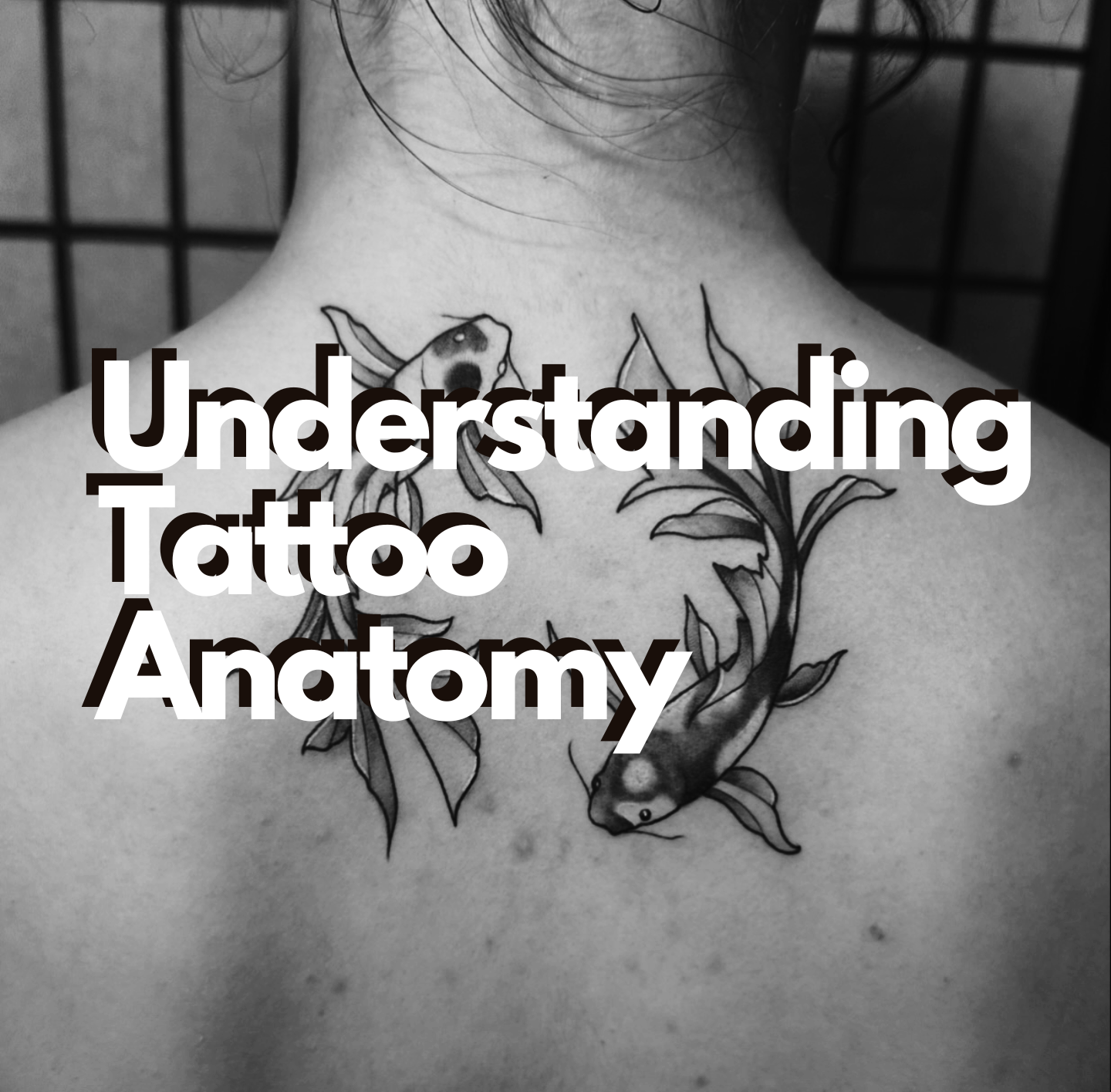
June 28, 2024
Understanding the Anatomy of Tattoos
Introduction
Tattoos are more popular than ever, blending art and science. However, understanding how tattoos work can deepen your appreciation for them. This blog post delves into the anatomy of tattoos, covering the skin, ink, and tattoo machines.
The Skin: The Canvas for Tattoos
The skin is the largest organ of the human body and serves as the canvas for tattoos. It consists of three layers: the epidermis, dermis, and hypodermis. The outermost layer, the epidermis, constantly renews itself. Beneath it lies the dermis, where tattoo ink resides. The hypodermis, or subcutaneous layer, supports the other layers and stores fat.
Tattoo ink needs to penetrate the dermis to stay permanent. The dermis contains collagen fibers, blood vessels, and nerves, making it ideal for holding ink. When ink reaches the dermis, it triggers the immune response, which captures the ink particles. These particles remain trapped, making the tattoo last a lifetime.
Tattoo Ink: The Medium
Tattoo ink consists of pigments and a carrier solution. Pigments provide color, while the carrier solution helps the ink flow smoothly. Common pigments include metal salts and organic compounds. The carrier solution often contains water, alcohol, and glycerin.
Different pigments produce various colors, and mixing them creates new shades. Black ink, made from carbon, is the most common. Red, yellow, and blue pigments come from different sources, including plants and minerals. Quality ink is crucial for a vibrant and long-lasting tattoo.
Tattoo Machines: The Tools
Tattoo machines, also known as tattoo guns, are essential tools in tattooing. They use electromagnetic coils or rotary mechanisms to drive needles into the skin. The needles puncture the skin at high speed, depositing ink into the dermis.
There are two main types of tattoo machines: coil and rotary. Coil machines use electromagnetic coils to move the needle up and down. They are powerful and versatile, suitable for various tattoo styles. Rotary machines use a rotating motor to move the needle. They are quieter and smoother, making them ideal for fine lines and shading.
Tattoo artists adjust their machines based on the tattoo design. They control the needle depth, speed, and pressure to achieve the desired effect. Understanding how tattoo machines work helps artists create detailed and precise tattoos.
Conclusion: The Make-Up of Tattoos
In conclusion, tattoo anatomy involves understanding the skin, ink, and tattoo machines. The skin serves as the canvas, the ink provides color, and the machines apply the design. By appreciating these elements, you can better understand the artistry and science behind tattoos. So, the next time you see a tattoo, you’ll know the intricate process that brought it to life.
